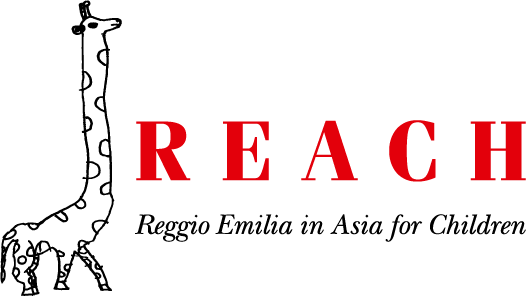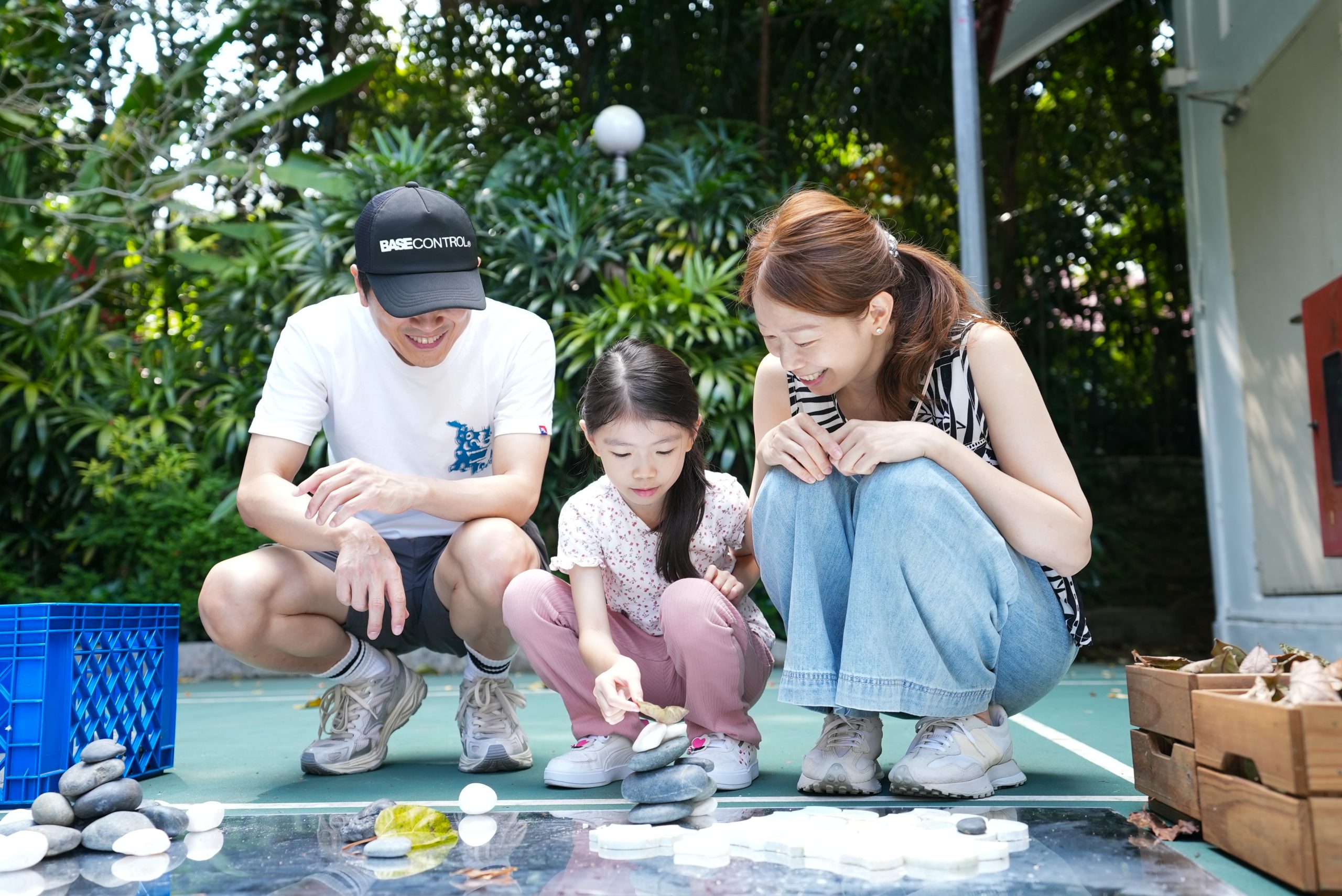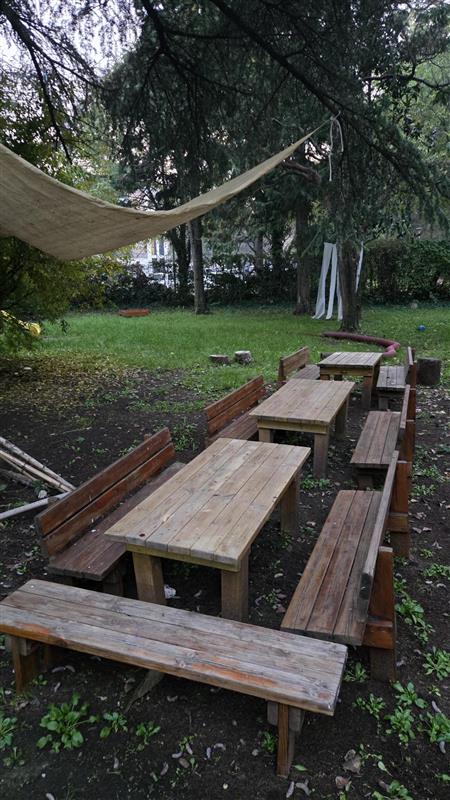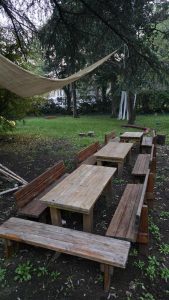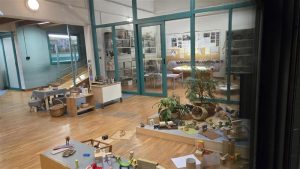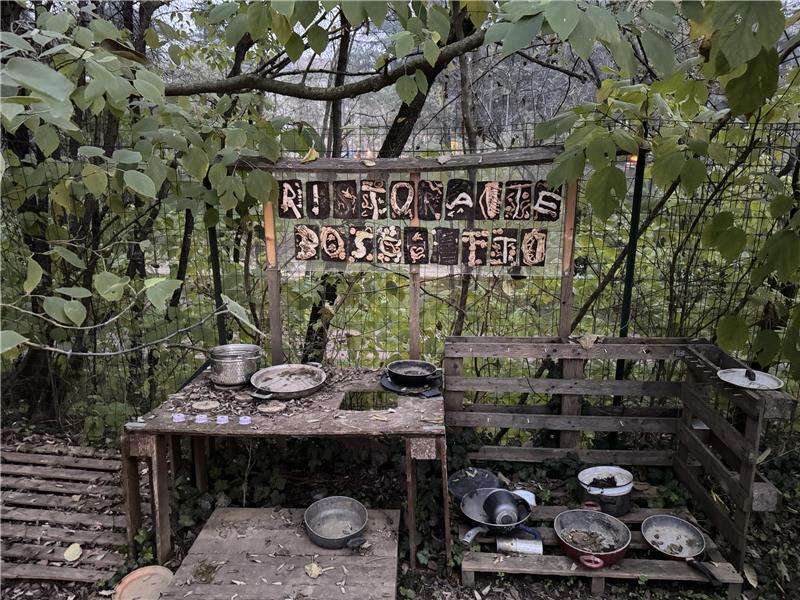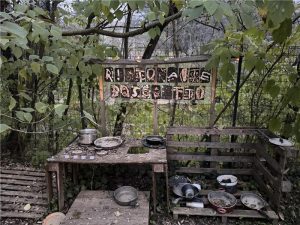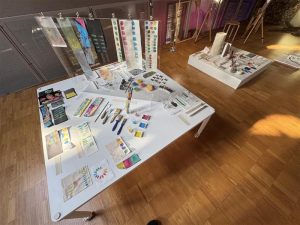Every year at Claymore, we wrap up the school year with our cherished tradition—the 100 Languages Exhibition—a meaningful celebration of children’s learning. The “100 Languages”, a poem written by Loris Malaguzzi, represents the endless possibilities for children to express their thoughts, feelings, and ideas, enabling them to gain new understandings of the world around them, whether through the language of paint, wire, movement, or other creative forms.
This exhibition is an opportunity for the entire school community to come together, where children excitedly showcase their learning to their families, and teachers and parents connect to unpack each child’s unique learning journey. The school is transformed into a vibrant gallery, with children’s work aesthetically displayed in classrooms or shared learning spaces, highlighting the rich inquiry-based learning that has taken place throughout the year.
The meaningful moments of the exhibition don’t end there—after the event, children’s art pieces remain on display throughout the school, continuing to reinforce their sense of ownership and belonging. This tradition not only celebrates the diversity of expression but also strengthens the bond between home and school, creating a lasting impact on everyone involved.
– EtonHouse International Pre-School Claymore
